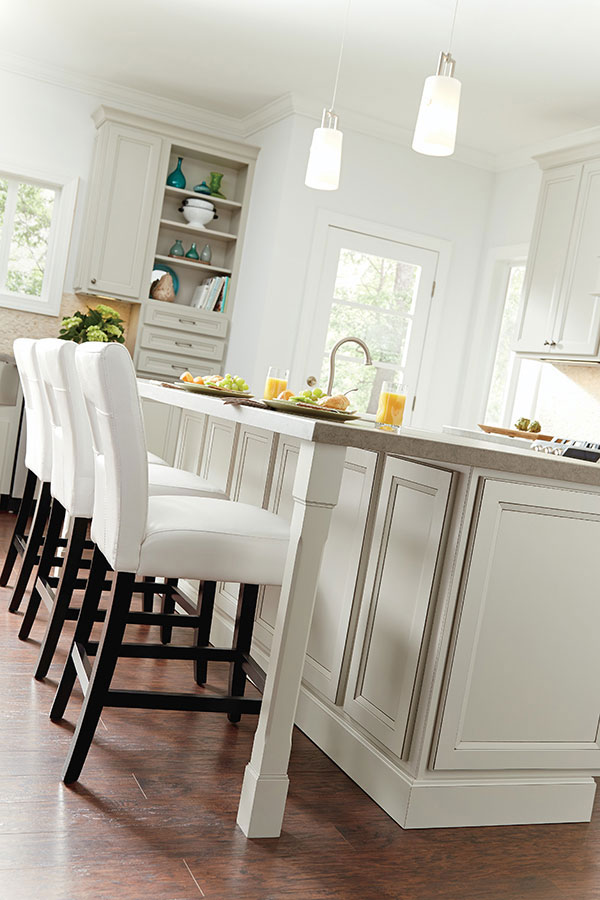Change Your Kitchen's Look with Special Legs For Kitchen Island Devices
Change Your Kitchen's Look with Special Legs For Kitchen Island Devices
Blog Article
Crucial Aspects to Take Into Consideration When Choosing Legs For Cooking Area Island
Choosing the proper legs for a cooking area island entails a careful evaluation of several elements that can significantly influence both functionality and visual appeal. As we explore these elements, it comes to be clear that each decision can have far-ranging effects for the total cooking area experience.
Material Options
When choosing legs for a cooking area island, understanding the different product options is important for achieving both aesthetic allure and architectural honesty (Legs For Kitchen Island). The choice of product considerably affects not just the durability of the island however additionally its overall layout and functionality
Metal legs, often made from stainless steel or wrought iron, add a commercial and modern feel while making sure longevity and stability. These products are resistant to wear and can support substantial weight, making them perfect for larger islands.
Another choice is engineered products, like MDF or plywood, which can be extra affordable while still providing a variety of coatings. They might not give the very same degree of security as strong wood or metal. Legs For Kitchen Island. Last but not least, products such as acrylic or glass can create a modern look, though they may need additional assistance to make certain security.
Eventually, the selection of product for kitchen island legs must align with the preferred performance and the total style of the kitchen.
Design And Style

When taking into consideration design, the form and finish of the legs are essential. Conical legs can provide a feeling of lightness and beauty, while thicker, a lot more robust legs can share strength and security. Additionally, the coating-- be it painted, discolored, or all-natural-- must complement the kitchen cabinetry and kitchen counter materials to develop a unified look.
Furthermore, the design of the legs can likewise show personal taste. Custom-made or ornamental legs, such as those featuring detailed carvings or one-of-a-kind geometric shapes, can work as centerpieces, including character and individuality to the kitchen area. Eventually, the ideal option will certainly not only boost capability yet also raise the visual charm, making the kitchen area island a standout feature of the home.
Height Factors To Consider
Choosing the proper height for kitchen island legs is important, as it straight influences both performance and comfort. The conventional height for a kitchen area island commonly ranges from 36 to 42 inches, aligning with typical countertop heights.

It is also necessary to represent customers' choices and heights. Customizing the height can make sure a comfy experience for all household members, making the kitchen area island an extra useful and pleasurable area.
Weight Support
Making certain adequate weight assistance for kitchen island legs is essential for both safety and performance. The kitchen island frequently serves multiple objectives, including food preparation, dining, and additional storage, demanding a robust assistance framework. When picking legs, this contact form it is essential to consider the overall weight ability required based on the island's intended use and the materials that will be put on it.
The selection of material for the legs plays a significant role in their weight-bearing capabilities. Solid timber, steel, and durable composites generally supply superior toughness contrasted to lighter products. In addition, the layout of the legs-- whether they are straight, tapered, or have a pedestal form-- can affect their ability to disperse weight successfully throughout the framework.
Constantly consult the manufacturer's requirements pertaining to tons limitations to make certain that the legs can sustain the designated weight without jeopardizing security. In summary, picking cooking area island legs with ample weight support is vital for creating a secure and functional cooking area.
Installment and Maintenance
Appropriate installment and maintenance of cooking area island legs are essential for guaranteeing durability and stability. To start, it is important to follow the producer's standards throughout installation. This typically entails safeguarding the legs to the island base utilizing appropriate bolts, ensuring that the legs are level and aligned. Using a level device can assist avoid tottering and boost the overall aesthetic appeal of the kitchen island.
When mounted, regular upkeep is required to maintain the stability and look of the legs - Legs For Kitchen Island. For wooden legs, periodic cleansing with a moist cloth and application of ideal timber gloss can avoid dampness damage and keep their coating. Metal legs might need a mild cleansing option to remove grease and grime, adhered to by a dry fabric to avoid rust development
Furthermore, inspect the legs on a regular basis for indicators of wear or damages, such as cracks or loosened joints. Tightening up screws or bolts as needed can also extend the life-span of the legs. By sticking to these setup and upkeep practices, home owners can make certain that their cooking area island remains durable browse this site and aesthetically appealing for several years to find.
Verdict

Visual coherence is paramount in selecting the style and layout of legs for a cooking area island, as these aspects considerably influence the total setting of the room. Conical legs can give a feeling of agility and beauty, while thicker, more durable legs can share toughness and stability.Picking the ideal height for kitchen island legs is critical, as it directly influences both functionality and convenience. In summary, choosing cooking right here area island legs with appropriate weight assistance is essential for developing a useful and secure cooking space.
In conclusion, choosing legs for a kitchen area island demands cautious factor to consider of different aspects, consisting of material options, style, height, weight support, and setup.
Report this page